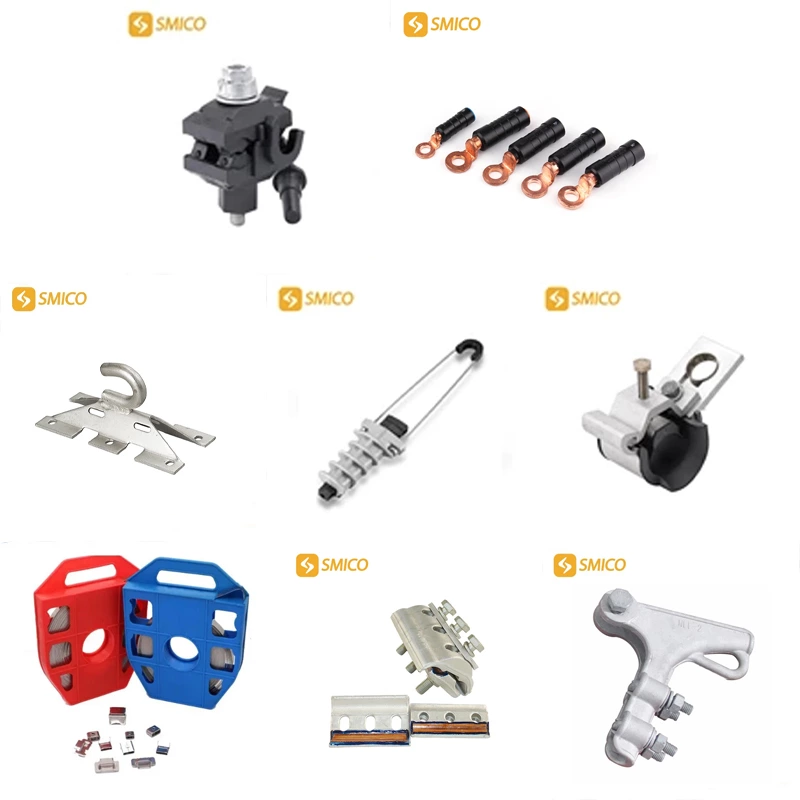What Are The Installation Requirements For Electrical Fittings?
When installing aerial electrical fitting, the following general requirements need to be followed:
Design requirements: Select the appropriate power line hardware type, specification and material according to the specific engineering design and specification requirements. Ensure that the selected overhead line fittings meets the relevant standards and specifications and meets the electrical characteristics and mechanical strength requirements of the project.
Safety requirements: Safety must be taken seriously during the installation process. Comply with relevant safety operating procedures and personal protection requirements, take necessary protective measures, and ensure that the installation process does not cause danger to personnel, equipment or the environment.
Cleaning requirements: Before installing distribution line hardware, the relevant installation area must be cleaned to ensure that there is no debris, dust or other contaminants. This helps to ensure reliable contact and connection of overhead line connectors.
Connection method: Install overhead line hardware according to the appropriate connection method, such as threaded connection, crimping connection, spring clamp connection, etc. Use the correct tools and methods to connect to ensure that the connection is firm and reliable.
Tightness control: When installing overhead power line connectors, control the tightness of fasteners such as bolts and nuts. Too tight or too loose may have adverse effects on the installation and use of overhead power line hardware, so the tightness of fasteners needs to be controlled according to specifications and experience.
Identification requirements: After installing transmission line hardware, it needs to be correctly identified and marked for maintenance, repair and management. Permanent identification methods such as engraving and labeling can be used.
Inspection and testing: After the installation is completed, necessary inspections and tests are carried out to ensure that electrical transmission line hardware fittings is installed correctly and can work properly. Including appearance inspection, dimensional measurement, functional testing, etc.
Document records: Timely record the installation information of hardware fittings for transmission lines, including installation time, installer, installation location, installation method, etc. This helps traceability and management.
It should be noted that the above are only general installation requirements, and specific installation requirements may vary depending on different types of power fittings, application scenarios and specific engineering requirements. Before installation, please carefully read the relevant product manuals, specifications and guidelines, and strictly follow the requirements. If necessary, it is recommended to consult professional engineers or technical support from relevant institutions.

